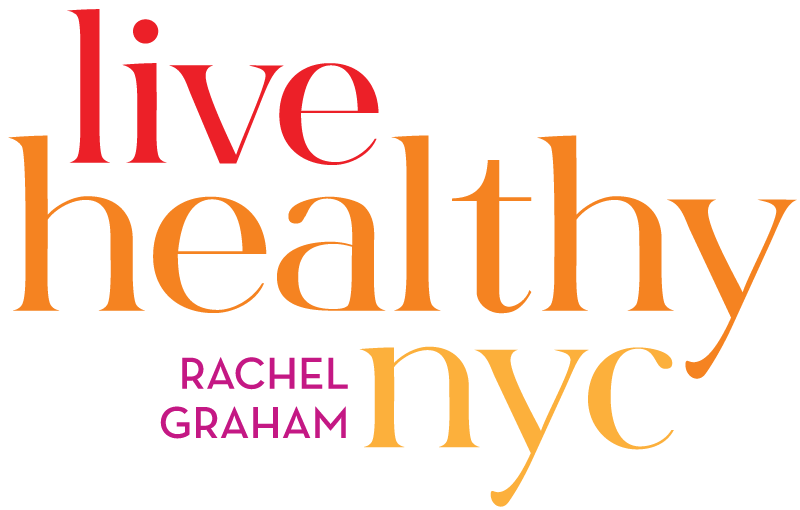I buy junk food for my kids. Yes, I admit this and there is a part of me that feels hypocritical. I think “what am I doing buying junk food when I know there is no nutritional value in the junk?” But, I have seen too many kids come to my house and they head straight to the candy jar and stuff their pockets with candy. I don’t believe that these kids have a sugar addiction. I believe that candy and junk food are forbidden in their homes and they desire what is denied.
Lucky for me, my kids are not big junk food eaters (probably because it really doesn’t taste as good as “real” food). But, the other morning, my daughter was pouring herself a bowl of coco krispies. Just to be clear, so you don’t think I am totally crazy, I allow this once in a while, and I shudder at the same time because I know that I am aiding and abetting her poor choice of what could otherwise be a healthy start to her day. As she was pouring the milk, she turned to me and said she wanted to start taking vitamins to make sure she was healthy. Did she not realize that being healthy meant EATING healthy? Taking a vitamin will not undo any nutritional no-no's.
If you believe the ads, every kid needs a daily Flintstone or Gummy Bear vitamin. But is it true? Not necessarily so, the experts agree. However, given the reality of how busy we all are, a home-cooked meal isn’t always possible. It’s a good idea to check with your pediatrician who may recommend a daily multivitamin or mineral supplement.
But, healthy kids get their best start from what you shop for at the market. Good nutrition starts by serving a wide variety of whole, fresh foods as much as possible. Ideally, kids should get their vitamins from a balanced, healthy diet that includes:
1) Milk and dairy products like cheese and yogurt
2) Plenty of fresh fruits and leafy, green vegetables
3) Protein like chicken, fish, meat, and eggs
4) Whole grains like steel-cut oats and brown rice
Here’s a quick guide to what vitamins are in the food you eat:
• Vitamin A promotes normal growth and development; tissue and bone repair; and healthy skin and eyes, and immune responses. Good sources include milk, cheese, eggs, and yellow-to-orange vegetables like carrots, yams, and squash.
• Vitamin Bs. The family of B vitamins -- B2, B3, B6, and B12 -- aid metabolism energy production, and healthy circulatory and nervous systems. Good sources include meat, chicken, fish, nuts, eggs, milk, cheese, beans, and soybeans.
• Vitamin C promotes healthy muscles, connective tissue, and skin. Good sources include citrus fruit, strawberries, kiwi, tomatoes, and green vegetables like broccoli.
• Vitamin D promotes bone and tooth formation and helps the body absorb calcium. Good sources include milk and fatty fish like salmon and mackerel. The best source of vitamin D is sunlight.
• Calcium helps build strong bones as a child grows. Good sources include milk, cheese, yogurt, tofu, and calcium-fortified orange juice.
• Iron builds muscle and is essential to healthy red blood cells, iron deficiency is a risk in adolescence, especially for girls once they begin to menstruate. Good sources include beef and other red meats, turkey, pork, spinach, beans, and prunes.
How much “real food” do your kids eat on a daily basis and are they getting enough of a balanced diet? If you want suggestions on how to improve their diets so they have more sustained energy, send me an email at rachel@livehealthynyc.com

